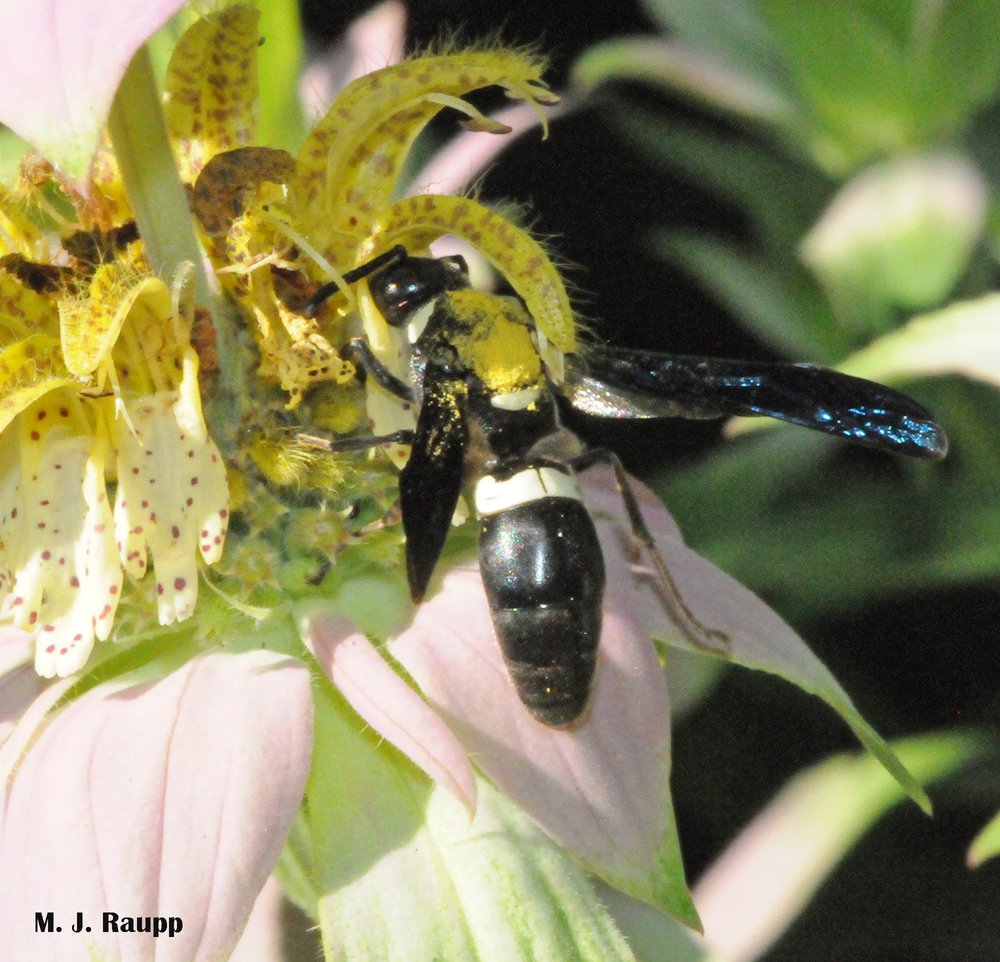Rotting vegetation is picture perfect for picture-winged flies in paradise: Picture-winged flies, Drosophilidae

Picture this picture-winged fly, which will soon deposit eggs on decomposing vegetation nearby.

Beautiful blossoms of the cannonball tree fall, rot, and become food for recyclers like the larvae of picture-winged flies.
In a previous episode we met strange gall-forming psyllids making their homes on leaves of the sacred ʻŌhiʻa tree, Metrosideros polymorpha. Once again, we escape the chilly confines of the DMV and return to the big island of Hawai’i to visit another intriguing family of insects, picture-winged flies, Drosophilidae. The Hawaiian archipelago formed and continues to grow as tectonic plates beneath the Pacific Ocean pass over a volcanic “hot spot.” This movement of the earth’s crust spawns enormous land masses that eventually emerge from the sea, the islands of Hawaii. For millions of years, this ongoing process has created new land, pristine habitat awaiting the arrival of plants and animals in what has been called an “evolutionary laboratory.” At some point in time eons ago, ancestral picture-winged flies, voyagers by an unknown conveyance, arrived on the islands and initiated a process of evolutionary adaptation exploiting the bountiful resources and diverse climatic regimes found in this tropical paradise. This unending process has resulted in almost 700 named species of drosophilids inhabiting the Hawaiian Islands, with another 300 or more yet to be described.
At the Hawai’i Tropical Bioreserve and Garden just north of Hilo, strange cannonball trees produce fragrant flowers along the length of their trunk. After visitations by pollinators, they rain to the ground and provide a rich source of nutrients for decomposers. Picture-winged flies swarm over the rotting blossoms and rest on vegetation before depositing eggs in the organic stew. Maggots like this one slithering across a leaf are important recyclers of organic matter. Hawaii’s diversity of plants, habitats, and isolation help generate roughly a quarter of all known drosophilid species worldwide.

Can you guess how the strange cannonball tree got its name?
While visiting the spectacular Tropical Bioreserve and Garden on Hawai’i, we had the opportunity to get up close and personal with one of the many species of drosophilids on the island. Along a forested path in the garden grows a remarkable, bizarre cannonball tree, Couroupita guianensis. This native of Central and South America is often found in botanical gardens around the world by virtue of its stunning blossoms and cannonball-shaped fruit. Trunks of the cannonball tree are festooned with extremely fragrant blossoms and woody round fruits, a stunning presentation of flowers and fruit. When blossoms complete their task of attracting pollinators, they tumble to earth and create a thick slimy carpet of decaying organic matter beneath the cannonball tree, a perfect nursery for developing larvae of drosophilid flies. As I crouched in the stinky goo to photograph some maggots, drosophilid flies swarmed around the vegetation beneath the tree. My efforts were rewarded when I discovered fly larvae slithering across the surfaces of decaying blossoms. Lucky me.
Ah, but all is not rosy for the drosophilid flies in Hawai’i. It turns out that the invasive western yellow jacket we met a few weeks ago finds drosophilids delectable. This predatory rascal is responsible for population collapses of many species of picture-winged flies since the yellow jacket arrived in the Hawaiian Islands. Let’s hope its presence doesn’t seriously disrupt the course of evolution of picture-winged flies and other creatures in this unique evolutionary laboratory. Hawaiian
Acknowledgements
We thank Dan Gruner for stimulating discussions about the ecology of Hawaiian flora and fauna and Paula Shrewsbury for images used in this episode. The great articles “Sexual Selection and Speciation in Hawaiian Drosophila” by Christine R. B. Boake and “Hawaiian Drosophila as an Evolutionary Model Clade: Days of Future Past” by Patrick O’Grady and Rob DeSalle were used as references for this episode. We also thank the wonderful staff of the Hawai’i Tropical Bioreserve and Garden for creating a great location to observe and enjoy picture-winged flies and tropical plants.
This post appeared first on Bug of the Week









